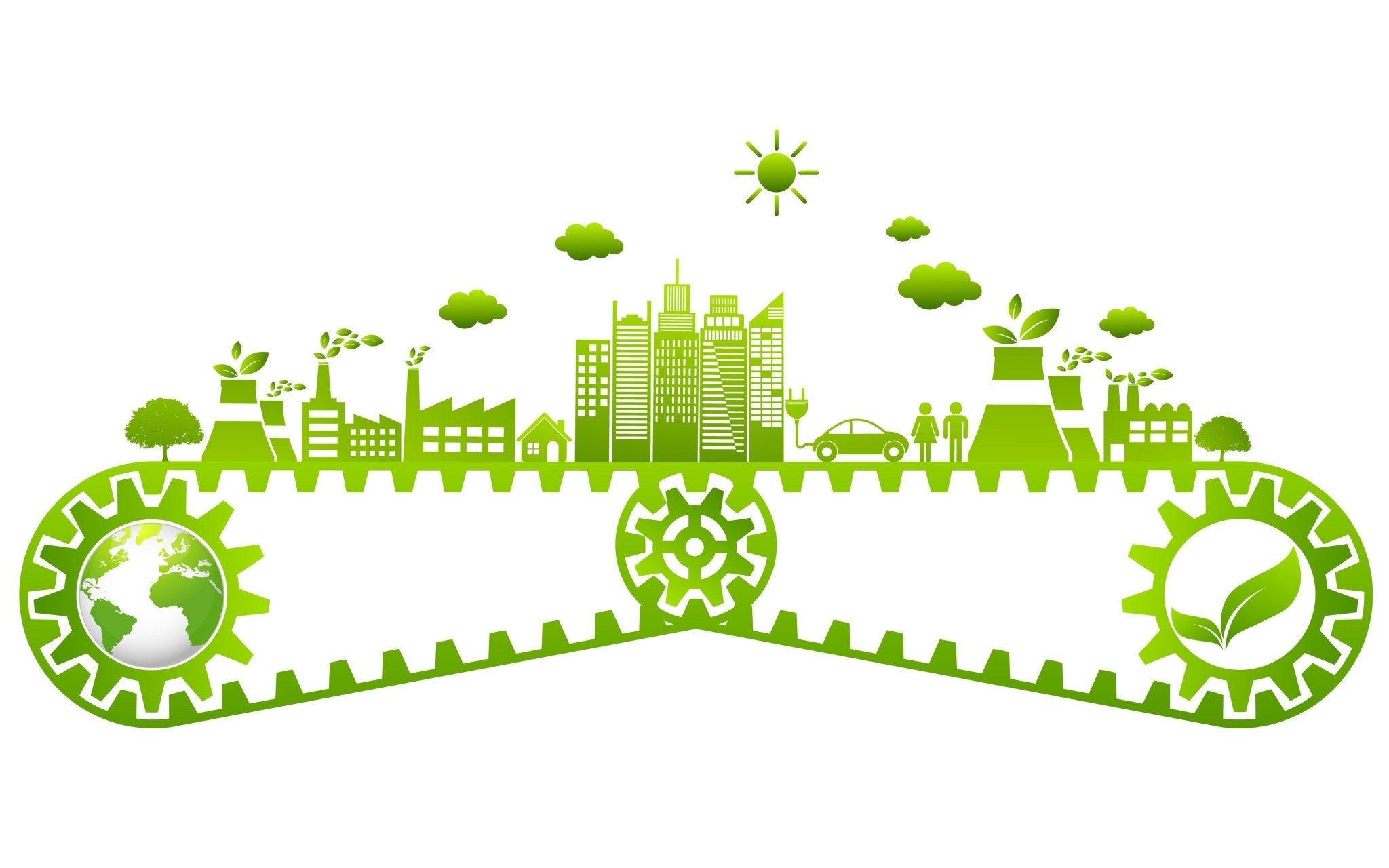
Embracing a Greener Tomorrow: Switching to Sustainable Materials in Food Service Packaging
Introduction
In a world where environmental concerns are growing more urgent by the day, businesses across various industries are beginning to take steps towards sustainability. One sector that's making significant strides is the food service industry, where the shift towards sustainable materials in packaging is gaining momentum. This change isn't just about reducing carbon footprints; it's about nurturing a healthier planet for future generations. In this blog, we'll delve into the importance of switching to sustainable materials in food service packaging and explore the positive impact it can have on both businesses and the environment.
The Need for Change
Traditional food service packaging, often made from single-use plastics and non-biodegradable materials, has contributed to the ever-mounting problem of pollution and plastic waste. These materials can take hundreds of years to decompose, leading to overflowing landfills, marine pollution, and devastating consequences for wildlife. The urgency of this issue has prompted a reevaluation of packaging practices across the industry.
Benefits of Sustainable Packaging
-
Reduced Environmental Impact: Sustainable packaging materials, such as bioplastics, plant-based fibers, and recycled paper, are designed to break down more quickly and leave a smaller ecological footprint. Switching to these materials helps reduce the amount of waste that ends up in landfills and oceans.

-
Brand Reputation: Consumers are becoming increasingly conscious of the environmental impact of their choices. Businesses that prioritize sustainability are often seen in a more positive light, fostering customer loyalty and attracting environmentally-aware consumers.

-
Innovation and Creativity: Embracing sustainable materials challenges businesses to think creatively and innovate in their packaging solutions. This can lead to unique and eye-catching designs that set them apart from competitors.
Examples of Sustainable Materials
-
Bioplastics: These plastics are derived from renewable sources such as cornstarch, sugarcane, or potatoes. They offer a more eco-friendly alternative to traditional plastics, as they break down faster and have a smaller carbon footprint.

-
Plant-Based Fibers: Materials like bamboo, palm leaves, and bagasse (sugarcane waste) are used to create durable and biodegradable packaging options. These materials are not only sustainable but also visually appealing.

-
Recycled Paper and Cardboard: Using recycled paper and cardboard for packaging not only reduces the demand for virgin materials but also encourages the recycling loop. These materials can be easily recycled again, completing the cycle.

Making the Switch: Steps for Businesses
-
Assess Current Practices: Begin by evaluating your current packaging materials and practices. Identify areas where you can make changes without compromising the quality of your products.
-
Research Sustainable Alternatives: Explore the range of sustainable packaging materials available. Consider factors such as durability, cost, and compostability to find the best fit for your business.
-
Collaborate with Suppliers: Engage with suppliers who offer sustainable packaging solutions. Collaborate to find options that align with your brand values and requirements.
-
Educate and Communicate: Keep your customers informed about your switch to sustainable packaging. Share your journey on social media, your website, and other marketing channels to create a sense of community around your sustainability efforts.
Conclusion
The transition to sustainable materials in food service packaging is not just a trend; it's a vital step towards preserving our planet's resources and biodiversity. By adopting these changes, businesses can reduce their environmental impact, enhance their brand reputation, and inspire others to follow suit. Embracing sustainable packaging materials is a commitment to a brighter, greener future for everyone.
